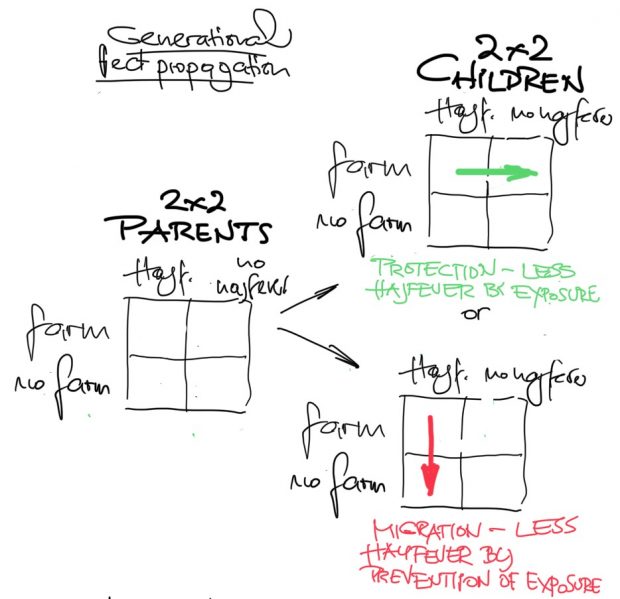A recent paper on the bias of farming studies did not discuss a healthy worker effect although this is being a reasonable or even the most likely explanation.
So let’s have a more detailed look at farm parents. It can be drilled down to the question if parents are also “protected” or it is more likely that some affected parents just moved away. Here are 13 studies that included information about farm parents.
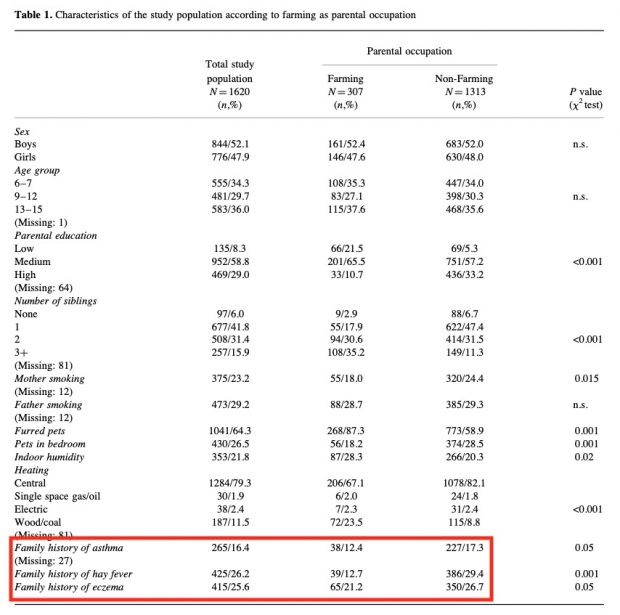
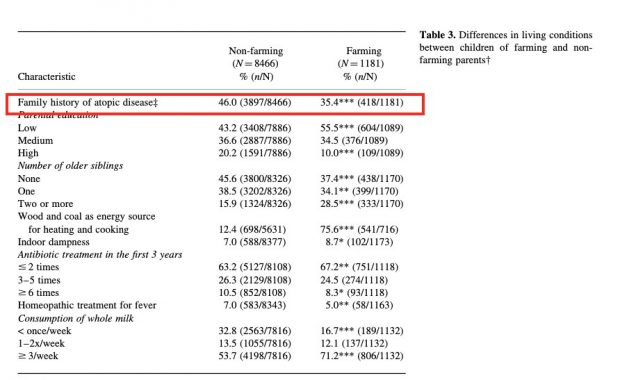
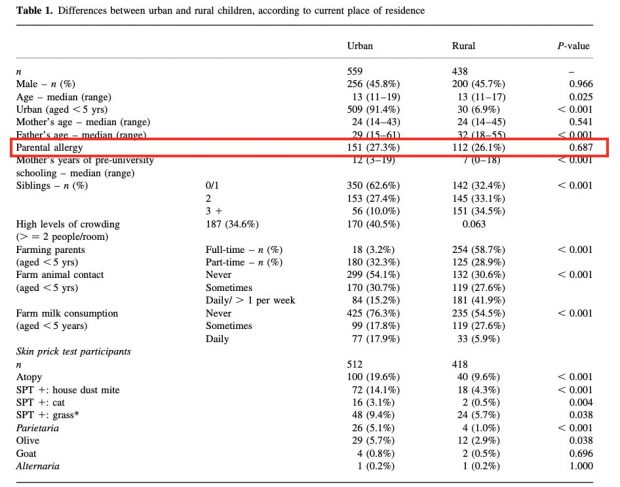
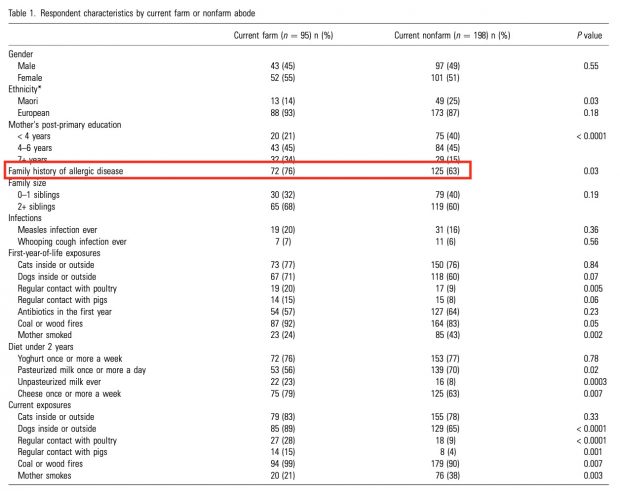
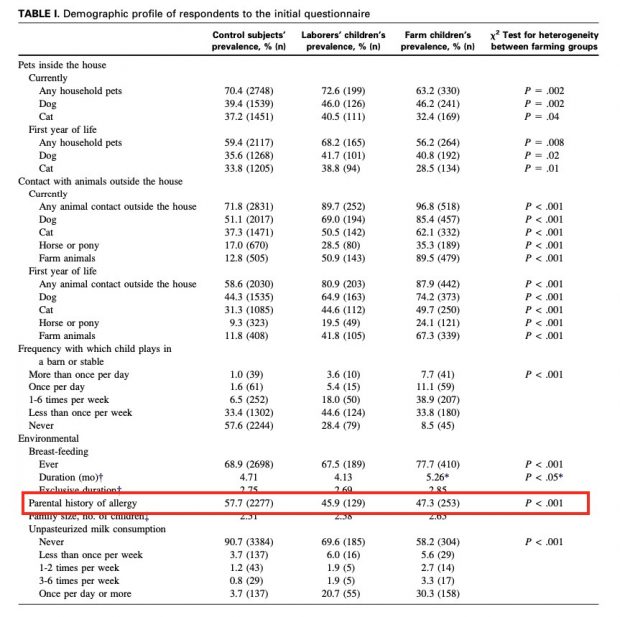
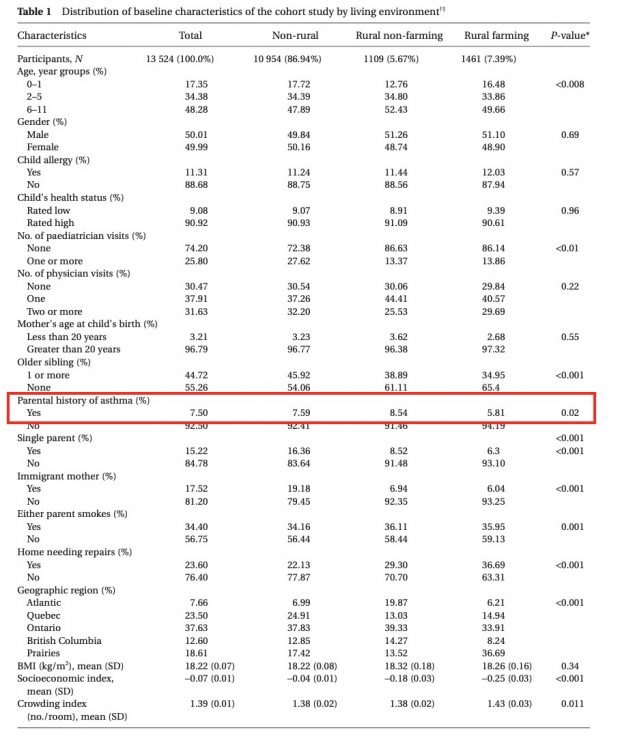
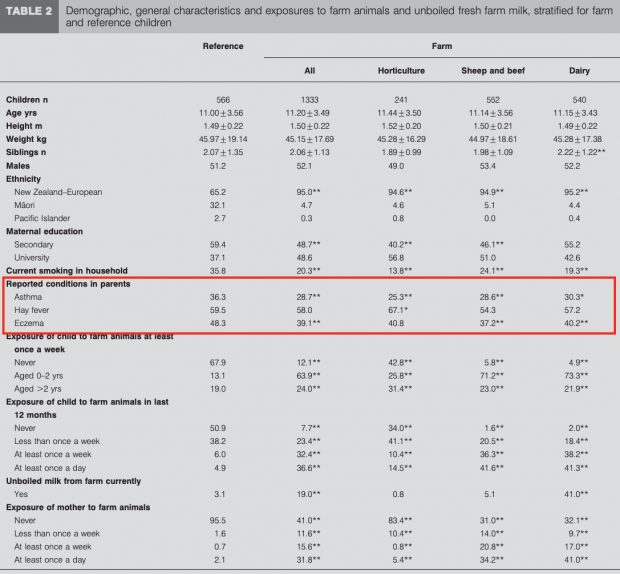
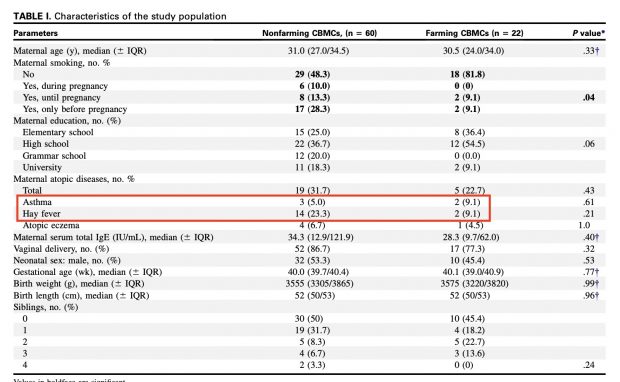
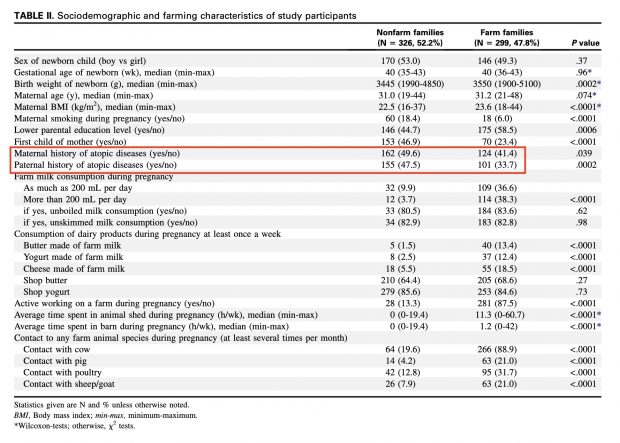
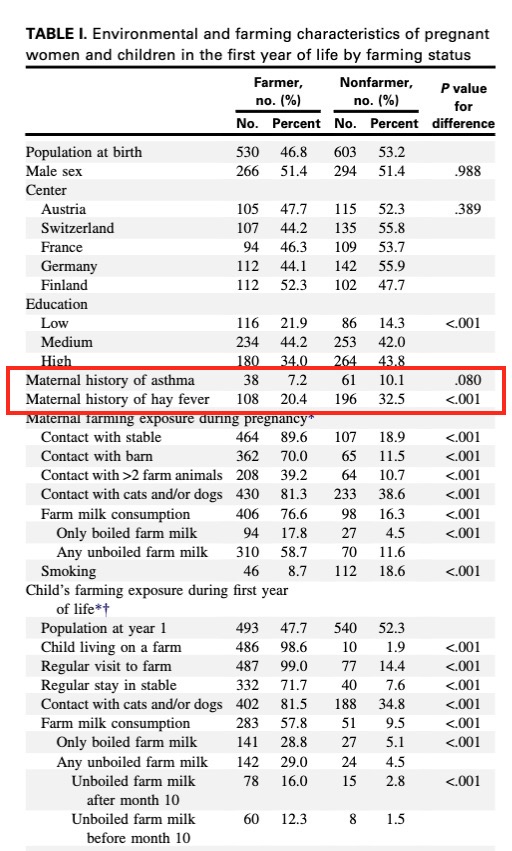
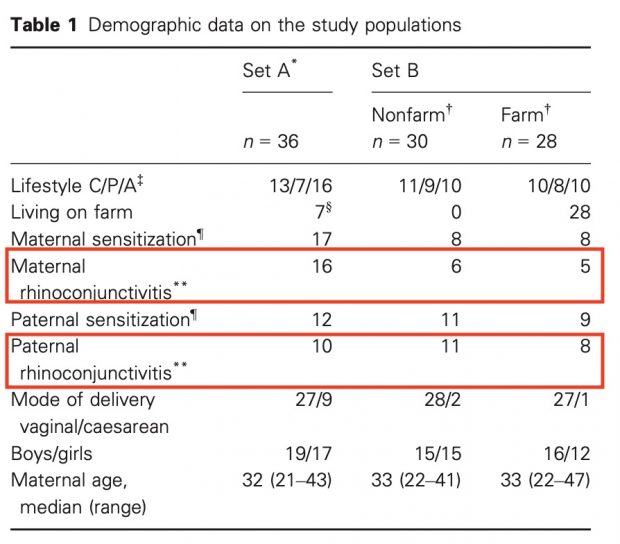

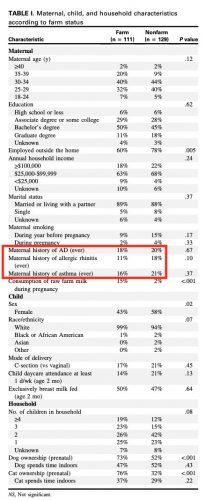
Unfortunately the disease definitions in these papers is sometimes vague – does history mean both parents only? Grandparents and sibs? Is it verified? So we can not run run a formal meta-analysis here, while the message should be already clear: All except one minor study show that the farming effect is found in parents also,
Again – was there already “protection” during the childhood of the parents or is it just a delayed healthy worker effect? I am going to answer this question by looking into effect propagation in the Ehrenstein paper as this is one of the largest study so far.
The analysis basically works by running a 2×2 table in the parental generation (a bit questionable as we have 2 parents) and another 2×2 table in the child generation. Effect should propagate as indicated by movement of observed versus expected cases between cells. Expected are row sum * col sum / total sum.
If there is any true effect, there should be a horizontal movement between parents and children, basically just less hayfever in the farming group. If there is a pseudo effect there should be a vertical movement, eg less hayfever by less allergic parents who left the farm.
